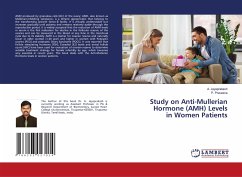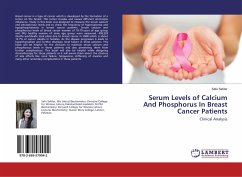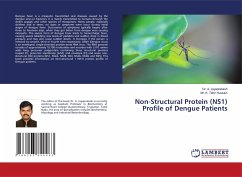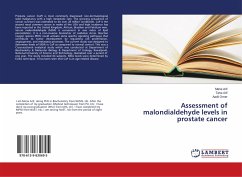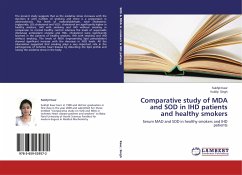AMH produced by granulosa cells [GC] of the ovary; AMH, also known as Mullerian-inhibiting substance, is a dimeric glycoprotein that belongs to the transforming growth factor-beta family. It is virtually undetectable but increases gradually until puberty and remains relatively stable through the reproductive period. It is widely accepted that the reduction of AMH levels in serum is the first indication for decline in the follicular reserve of the ovaries and can be measured in the blood at any time in the menstrual cycle due to its stability. AMH is a marker for ovarian reserve and naturally lower in older women [>40 year] and higher in women with Polycystic ovaries [PCO] and polycystic Ovary Syndrome [POCS]. It was reported that Follicle stimulating hormone [FSH), Estradiol [E2] levels and antral follicle count [AFC] have been used for evaluation of ovarian reserve to determine suitable treatment strategy for female infertility by age, which becomes very essential in recent years. This book deals with the Anti-Mullerian Hormone levels in women patients.

